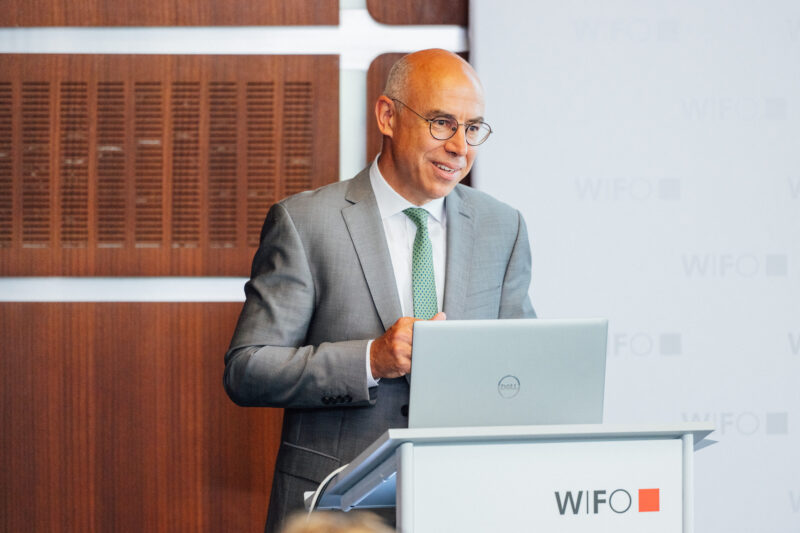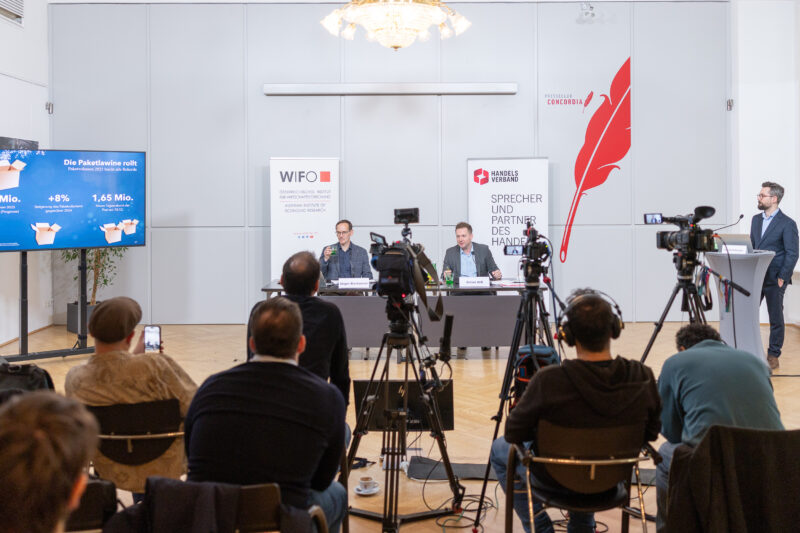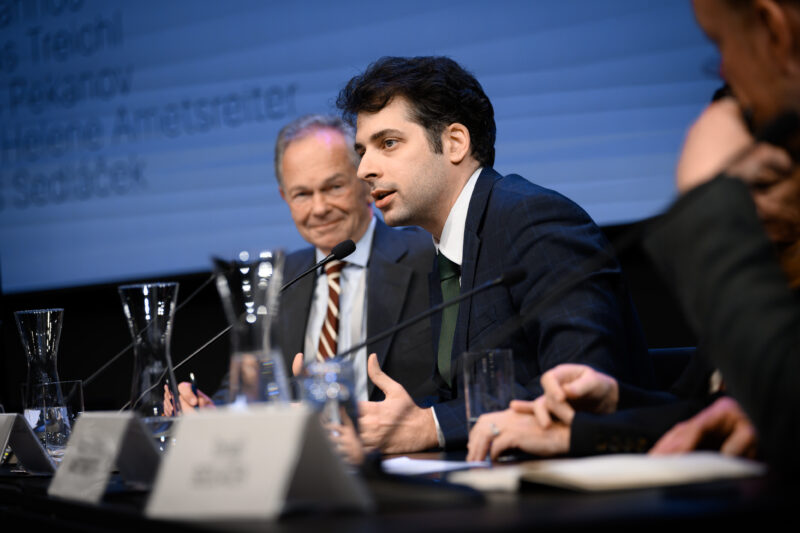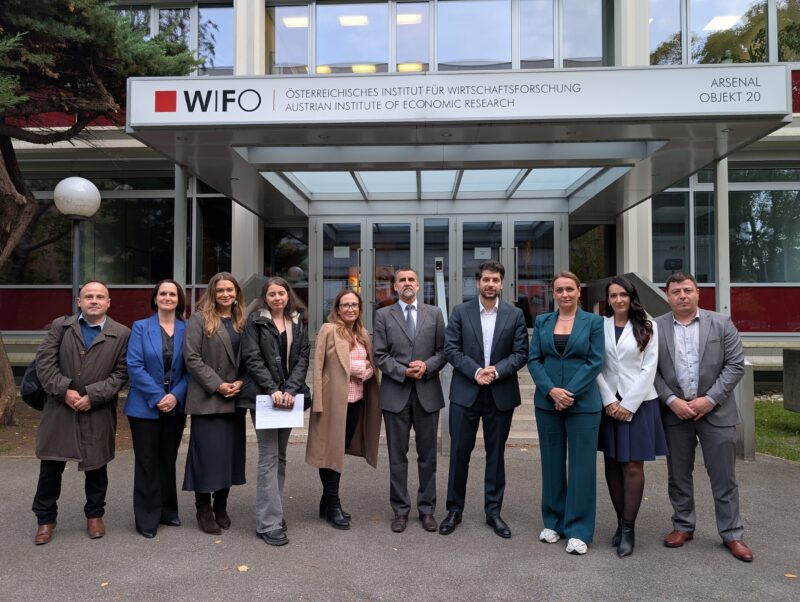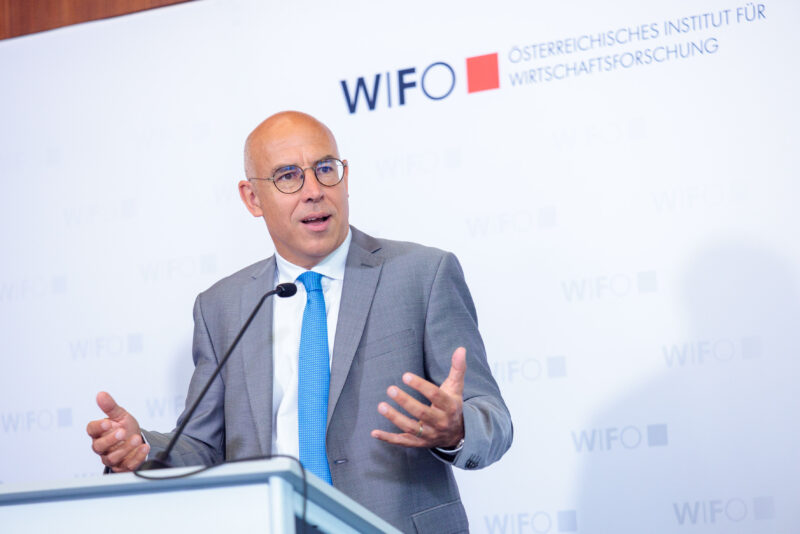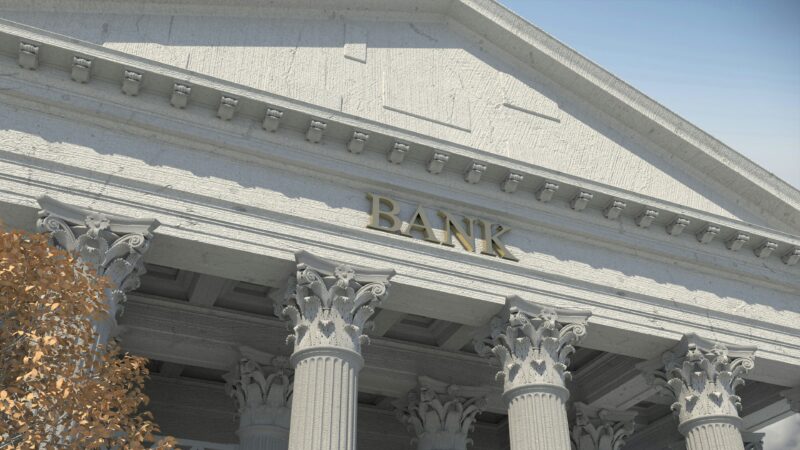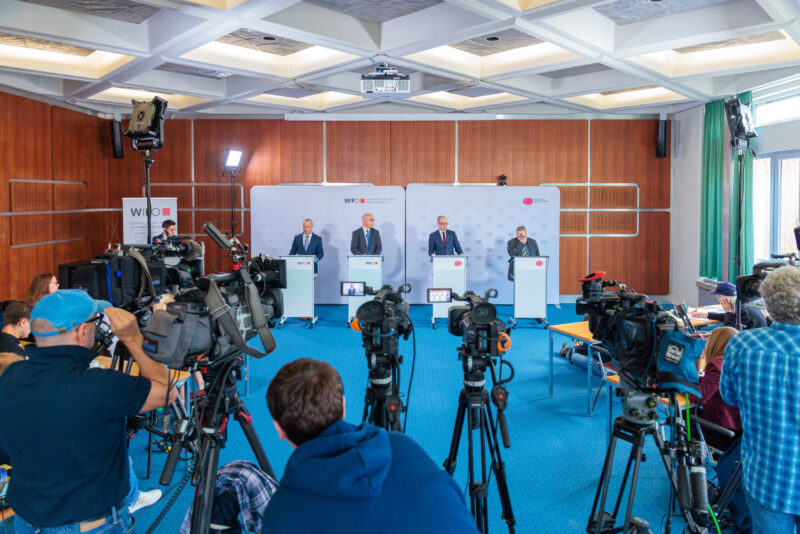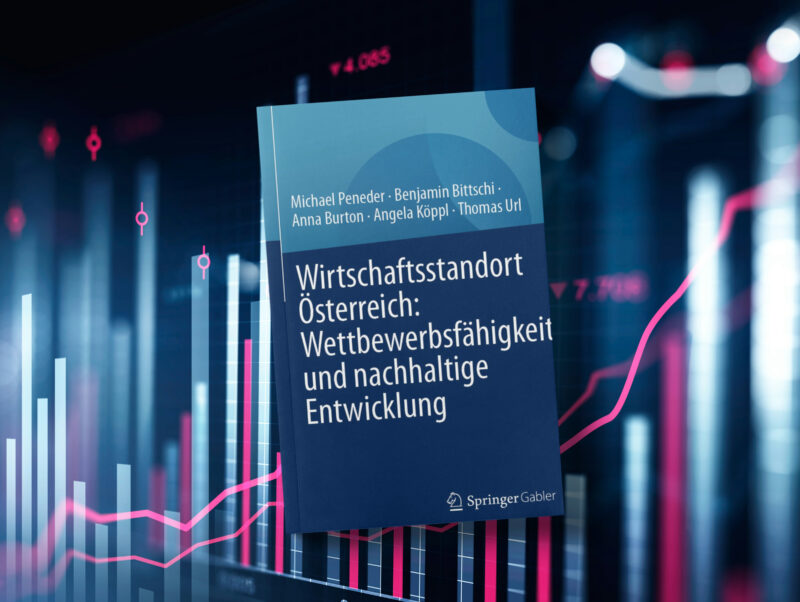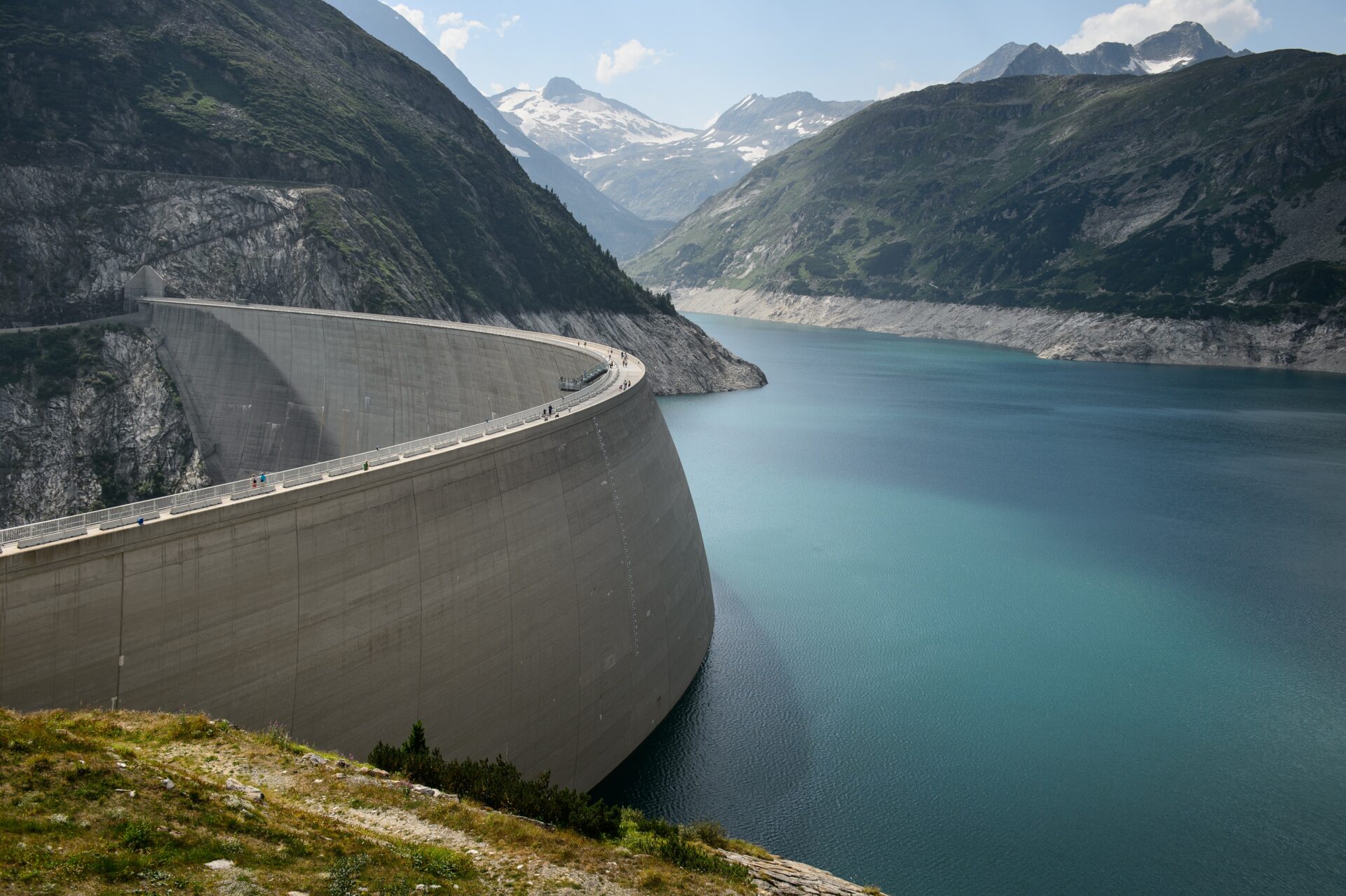
Austria's (Over)Inflation and Its Main Sources
The reappearance of the inflation gap towards the end of 2022 is mainly due to domestic shocks. In contrast to other euro area countries (Germany, Italy, Spain, etc.), there were no significant measures to reduce price pressures, such as a reduction in VAT on energy products. In addition, expansionary fiscal policies contributed to inflationary pressures.
By contrast, the widening of the inflation gap from January 2023 onward is mainly attributable to external factors: domestic prices react more sluggishly to the fall in wholesale energy prices than in the rest of the euro area. International tourism is benefitting from the unwinding of pandemic-related forced savings and has a further price-driving effect.
Also, strong collective wage increases at the beginning of the year boosted prices in Austria temporarily. But this impetus has faded quickly, suggesting that wage settlements have not been more generous than in the past, given the macroeconomic circumstances.
The drag from energy prices should soon dampen the inflation gap. However, if high spending on leisure activities remains unaffected by the economic downturn, it will continue to feed (over)inflation.
Publications
Please contact


